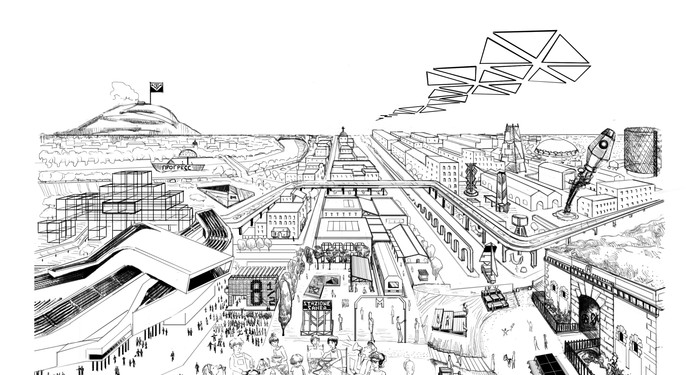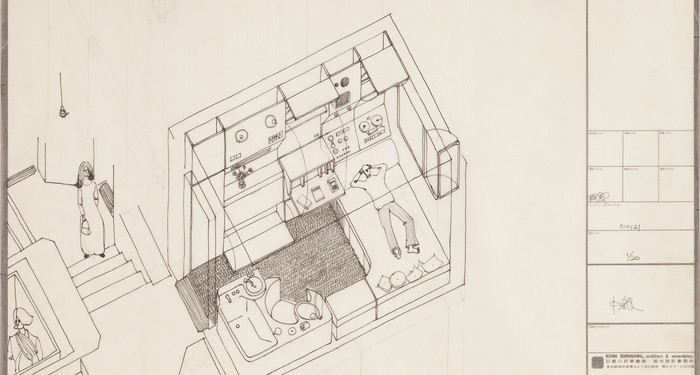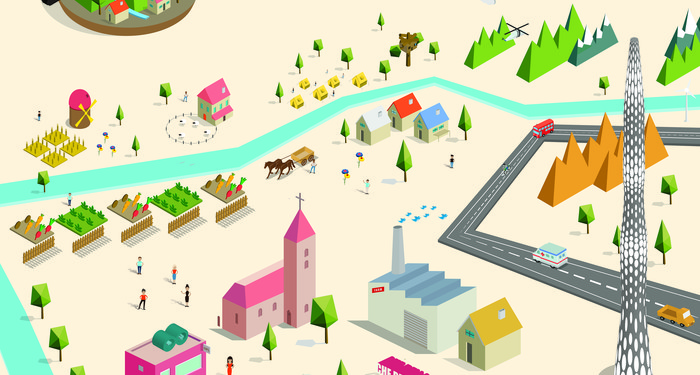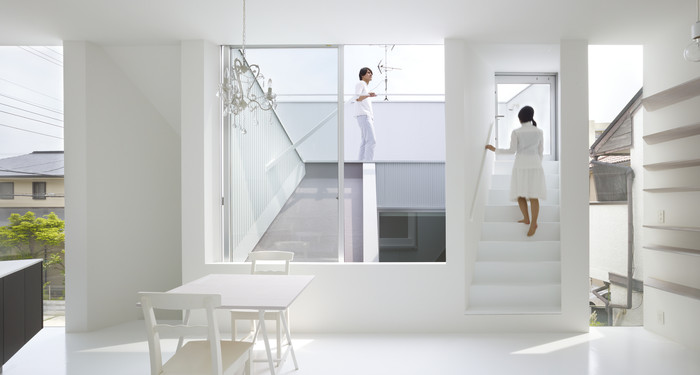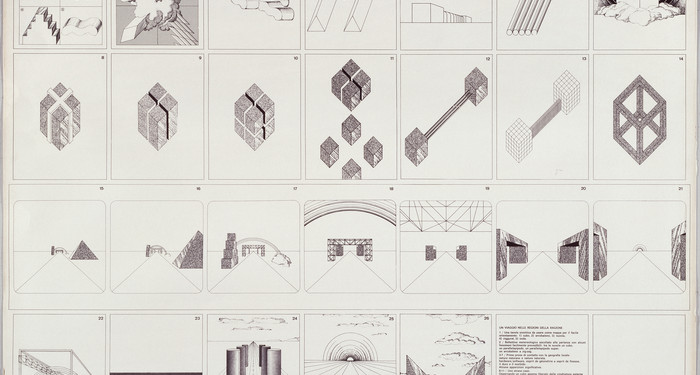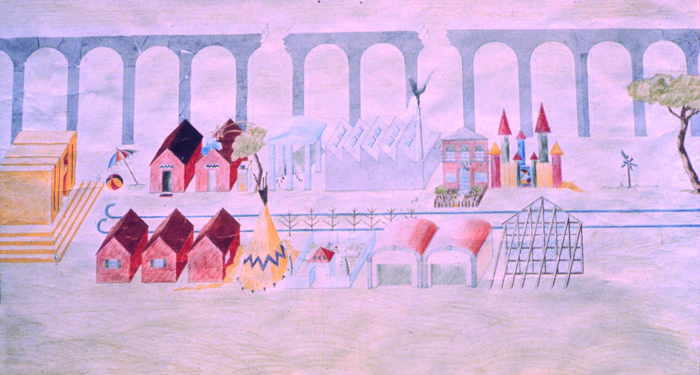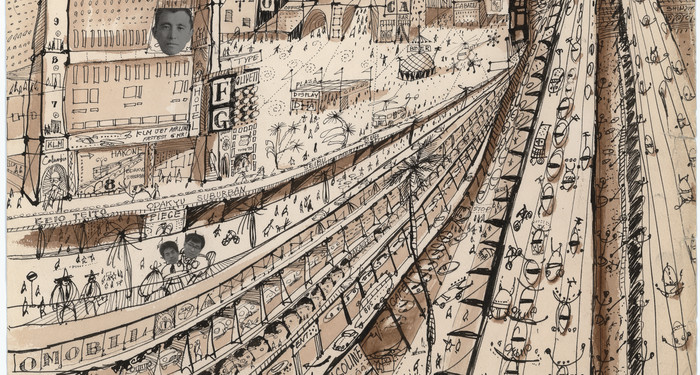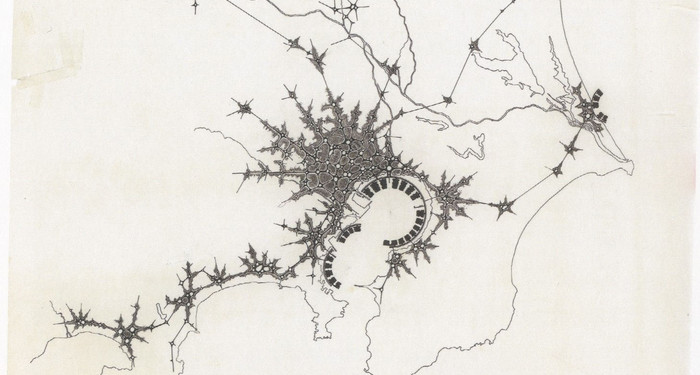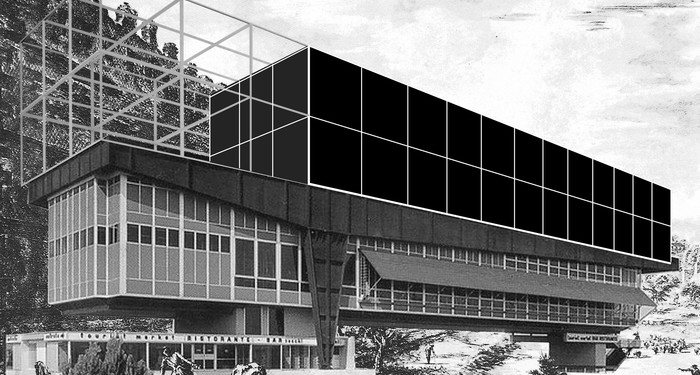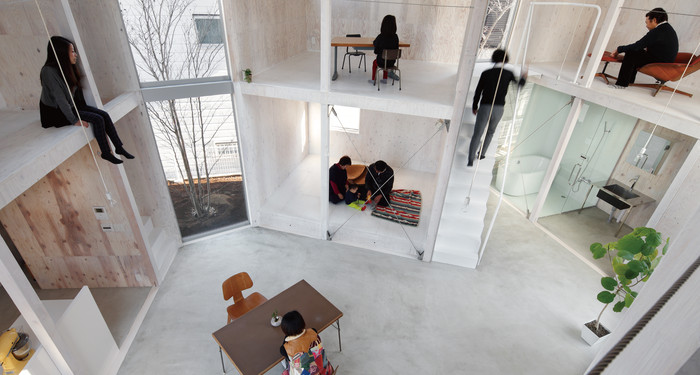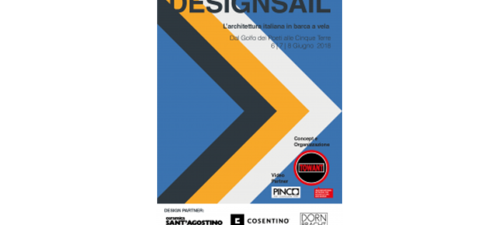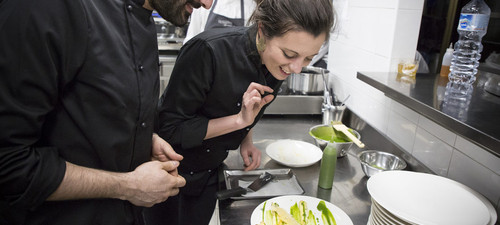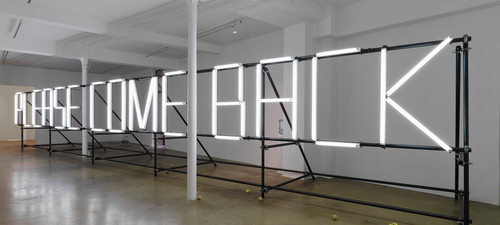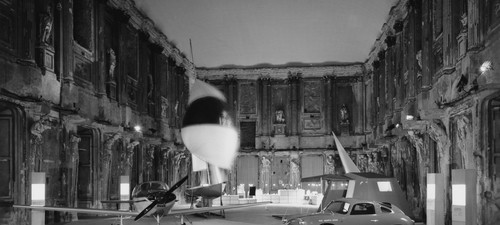INVISIBLE ARCHITECTURE
"Italian Radicals and Japanese Metabolists were the exact product of their age and of their respective countries. Two young and growing nations which began to ask questions about their own welfare and the future of their societies."
Fifty years passed from the explosion of two fundamental phenomena of the architectural avant-garde that made their debut in an age of change revolution, and hope. Metabolists in Japan and Radicals in Italy, though in very different cultural and traditional contexts, developed parallel experiences by sharing the themes of investigation and languages, and by producing extraordinary consequences on contemporary architecture.
The search for a control on the environment at every design scale, the desire for redefining the future of society through technology, the development of new ideas for inhabiting the planet: the unbiased architectural experimentations that took place in Japan and Italy in the 1960s and the 1970s are at the core of this exhibition and it is part of the celebrations for the 150th anniversary of relations between Japan and Italy.
"The exhibition is part of a long-term program of comparison between architecture in Italy and Japan. Architecture, as a social art par excellence, has its birth in architect's imagination before giving a shape and personality to our cities. 'ARCHITETTURA INVISIBILE' sets this educational and creative process out that connects the two edges of Eurasia showing surprising parallels and similarities." [Ambassador Umberto Vattani, president of Fondazione Italia Giappone]
The event arises from an exploration of the historical role, in the course of the 1960s and the 1970s, of Japanese architecture avant-gardes that convened in the Metabolist movement and in the italian Radical Architecture. The central part of the exhibition is structured according to three themes through which the visitor may understand affinities and differences between the reasearches: Environment, Technology, Inhabitation.
Environment: For both the movements, nature found a place in the projects as a distinct entity yet coexisting with architecture, acting as a neutral spectator of human labour rather than being a reality changed by the-turn-of-the-century rationalist positivism. The new generations look at nature as something to be respected, a source of inspiration and reflection.
Technology: In this sections, the avant-gardes of the 1960s, came to realize that the use of the most advanced technologies could work as a model for the creation of a new human society of the future. Concepts like modularity, immateriality, hyperlink as well as the relationship between technology and nature in order to improve and preserve the environment, are all themes established a direct connection between the Avant-gardes and the Contemporaries.
Inhabitation: In the last section, there is a striking confrontation between the two artistic currents. The Avant-Gardes managed to bring into focus a series of extremely advanced intuitions on how to experience a metropolis in a dynamic way and with no fixed points, anticipating de facto the life of modern man as designed in today's cities. On the other hand, Contemporaries are trying to bring back to a more human scale the approach to the housing design through the use of advanced tools in the sustainable approach to the city.
The final segment of the exhibition, symbolized by a large inflatable element specifically designed by Analogique and that will be placed on the terrace of the museum, will accomodate design experiences developed in the last years in Japan and Italy that interpret, some 50 years later, the same themes - Environment, Technology, Inhabitation - investigated by the Metabolist and Radical avant-gardes.
The exhibition is a large-scale didactic path, a two-phase research, each phase complementary to the other. The first one shows, within an appropriate historiographical framework, the cultural proximity between the conceptual proposals of the Italian Radicals, with their shift from traditional city models, the insertion of mega-structures, the introduction of a photo-environmentalist conception of nature as a design and socio-cultural element, and the previous though nearly coeval theoretical experience of the Japanese group. The second and more comparative phase of analysis, intends to display how the ideas generated, in the brief and fertile era of research by the Metabolists and the Radicals, were faced and sometimes adopted by younger generations of architects from both nationalities of the 21st century.
The comparative study show how Japanese and Italian architects have perceived the need to include the social instances within architecture and design, although with different approaches, and how they have been influenced by the cultural aspects of civilization and by the historical contexts.
The exhibition will feature a wide range of prominent authors, such as: Arata Isozaki, Archizoom (Andrea Branzi, Gilberto Corretti, Paolo Deganello, Massimo Marozzi, Dario and Lucia Bartolini), Kiyonori Kikutake, Kisho Kurokawa, Fumihiko Maki, Otaka Masato, Superstudio (Adolfo Natalini, Cristiano Toraldo di Francia, Roberto Magris, Alessandro Magris, Gian Piero Frassinelli and Alessandro Poli), Kenzo Tange, UFO (Lapo Binazzi, Carlo Bachi, Patrizia Cammeo, Riccardo Foresi, Titti Maschietto, Sandro Gioli).
Started from January 19 an exhibition at Museo Carlo Bilotti in Rome, will offer an original survey through works produced in this very special context. The event is promoted by Roma Capitale, Assessorato alla Crescita - Sovraintendenza Capitolina ai Beni Culturali. Curated by Rita Elvira Adamo (London Metropolitan University), in collaboration with two italian scholars, Cristiano Lippa and Federico Scaroni (University of Tokyo).
19 January - 26 March 2017
Museo Carlo Bilotti
Aranciera di Villa Borghese
Viale Fiorello La Guardia 6, Rome, Italy
Tuesday - Friday 10AM to 4PM
Saturday-Sunday 10AM to 7PM
FREE ADMITTANCE
Text by: Image - press@image-web.org
